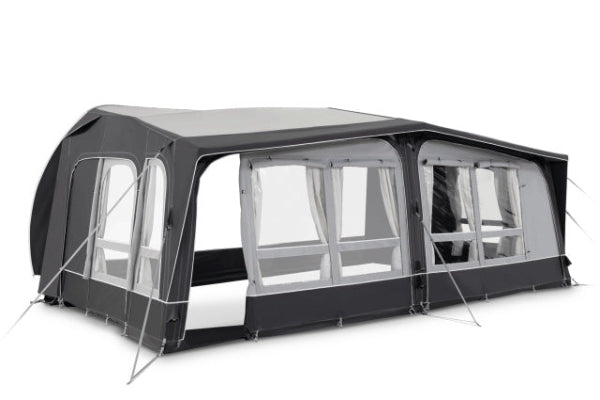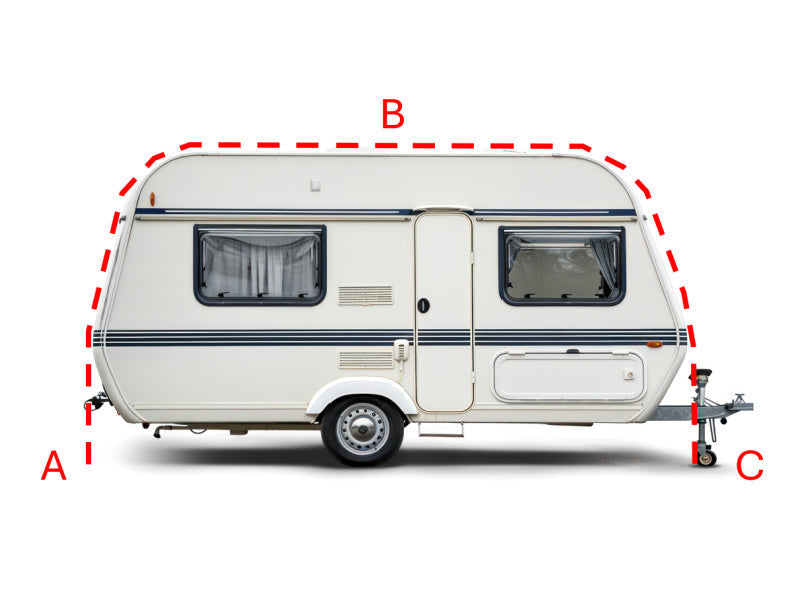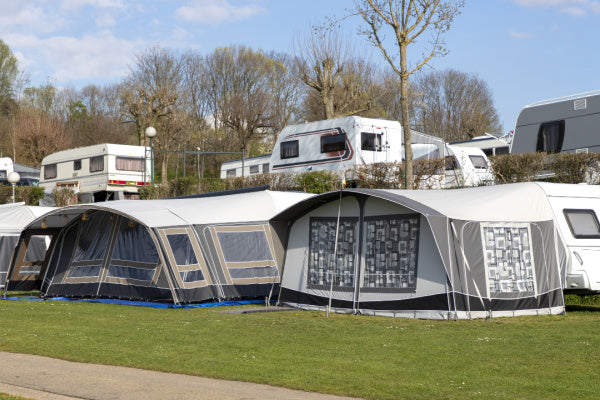Why Is My Camper Fridge Not Staying Cold?
Warm beer and wilted lettuce? Not exactly the camping dream. If your camping refrigerator isn’t staying cold, it’s usually due to power issues, poor airflow, or dodgy levelling. The short answer: something’s messing with its chill. Keep reading to fix it fast and save your snacks (and sanity).
Camper Fridge Not Staying Cold? A Step-by-Step Troubleshooting Guide
A camping fridge is essential when you’re on the move. If it stops cooling, it can quickly ruin your trip. Thankfully, most problems come down to a few common culprits.
This guide walks you through everything you need to check, from simple fixes to more technical faults. Let’s start with the basics.

Initial Checks & Simple Fixes: The First Things to Investigate
Is It Getting Power & Are the Settings Correct?
Confirming Power Source (12V, 120V AC, Propane) – Are You on the Right One?
One of the most common issues is an incorrect or unstable power supply. Make sure your fridge is set to the correct energy source for your setup—12V while driving, 240V mains when hooked up, or gas when off-grid.
If it’s switched to the wrong mode, it may not run at all.
Checking Fuses and Breakers (Both RV Panel and on the Fridge Itself, if Applicable)
Check the RV’s main fuse panel and any fuses directly on the fridge. A tripped breaker or blown fuse can cut power entirely.
Look for loose connections as well—these can cause intermittent performance or total shutdown.
Thermostat Settings: Is It Set Correctly? Could It Have Been Bumped?
Sometimes, the fix is as simple as adjusting the thermostat. A bumped dial or setting that’s too low can stop cooling altogether.
Reset it to the recommended level and see if it starts to cool again.
Give it Time: How Long Has It Been On? (Absorption Fridges Take Hours)
Absorption fridges don’t cool instantly. They can take 12–24 hours to get down to temperature.
If you’ve just turned it on, give it time before panicking.
Basic Operational Environment Issues
Is Your RV Level? (Crucial for Absorption Fridges, Good for All)
An unlevelled camper can cause all sorts of issues, especially with absorption fridges. These rely on gravity to circulate coolant.
Even compressor models benefit from a flat surface.
Door Seals: Are They Clean, Intact, and Making a Good Seal? (The Dollar Bill Test)
A faulty seal lets cold air leak out, no matter how well the fridge is working. Use the “dollar bill test”: close a note in the door and try to pull it out.
If it slides easily, the seal may need cleaning or replacing.

Is the Fridge Overpacked? Restricting Airflow Inside
Cramming the fridge full blocks airflow and disrupts cooling. Rearrange the contents to allow space around the back and vents.
Cold air needs to circulate to keep everything evenly chilled.
Recent Defrosting Needed? Excessive Frost Buildup
Frost buildup acts like insulation, preventing cold air from spreading. If ice has formed around the cooling fins, it’s time for a full defrost.
Switch off the fridge and let it melt completely before restarting.
Diving Deeper: Common Causes for Poor Cooling
Ventilation & Airflow Problems (A Major Culprit)
Exterior Vents: Are They Clear of Obstructions (Nests, Debris)?
Outside vents must stay clear to let heat escape. Dirt, leaves, or even insects can block these and trap hot air around the fridge.
Clean them regularly and make sure there’s good airflow.
Interior Air Circulation: Blocked Internal Vents or Fins?
Inside the fridge, the fins and vents need space to do their job. Make sure nothing is pressed up against them.
A blocked vent means uneven temperatures and poor cooling.
Cooling Fans (External/Ventilation and Internal Circulation Fans) – Are They Working?
Some fridges have fans to help with ventilation or circulate air inside. Listen for fan noise or check visually.
If the fan’s not spinning, airflow suffers and cooling drops.
Issues Specific to Fridge Type or More Complex Problems
For Absorption Fridges (Propane/Electric):
Propane Mode: Burner Issues (Cleanliness, Igniter, Flame Quality), Gas Supply
Check that gas is flowing and the burner lights properly. A weak or yellow flame may mean the burner needs cleaning.
Make sure the igniter clicks and the flame burns steady.
Electric Mode: Heating Element Issues
When on electric mode, a heating element warms the refrigerant. If it’s burnt out or failing, cooling won’t happen.
You may need a multimeter to test it for continuity.
Cooling Unit Problems (Blockages, Leaks – Look for Yellow Residue or Ammonia Smell)
Leaks in the sealed system are serious. A smell of ammonia or yellow staining usually means the cooling unit has failed.
This often requires full replacement.
For Compressor Fridges (12V DC/AC):
Compressor Not Running or Cycling Improperly? (Listen for Sounds)
The compressor should make a low humming sound when running. If it’s silent or cycling too often, it could be faulty or struggling with voltage.
Unplug and recheck after a rest period.
Low Voltage Issues Affecting Compressor Performance
These fridges are sensitive to voltage drops. If your battery is low or wiring is too thin, performance will suffer.
Use a voltmeter to confirm proper voltage under load.
Thermistor Problems: Dislodged, Faulty, or Incorrect Placement?
The thermistor measures fridge temperature. If it’s loose, out of place, or faulty, the control board may not cool correctly.
Make sure it’s securely attached to the cooling fins.
When to Suspect a More Serious Issue or Call a Professional
Persistent Problems Despite Basic Troubleshooting
If you’ve checked the basics and it’s still not cooling, there may be an internal fault. Don’t keep guessing—fridges are sensitive systems.
Professional diagnosis may save you time and money.

Signs of a Refrigerant Leak (Ammonia Smell for Absorption, Oily Residue for Compressor)
These are signs your sealed cooling system may be compromised. Ammonia smell = absorption leak. Oily patches = compressor system issue.
Both need expert repair or replacement.
Complex Electrical or Cooling Unit Diagnostics Needed
When the fault lies in the circuit board, sealed cooling unit, or internal wiring, specialised tools are required.
If you’re unsure, it’s best to get a technician involved.
Other content you might like:
- What Can You Fit In A 4L Fridge?
- Can You Put A Regular Refrigerator In A Camper?
- What Size Fridge Is In A Camper?
- What Is The Best Camping Fridge?
- How Big Is A 6 Litre Mini Fridge?
- How Big Of A Battery Bank Do I Need To Run A Refrigerator?
- How Much Is A Camping Fridge
- Is A Camp Fridge Worth It?
- What Is The Most Efficient Camping Fridge
- What Type Of Fridge Is Best For A Camper?





Leave a comment